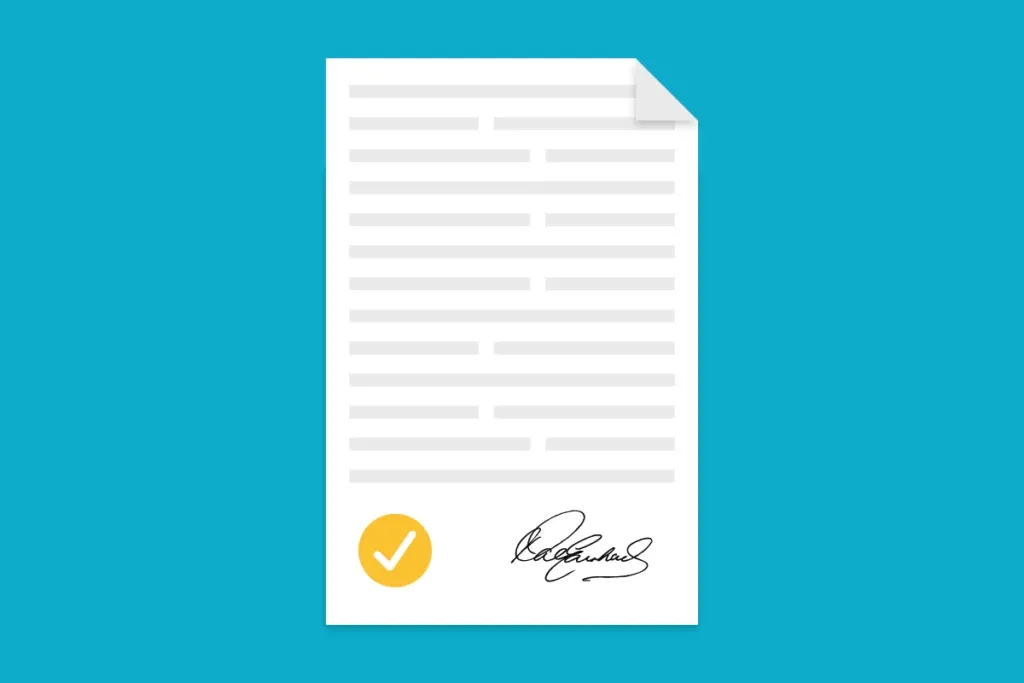A bill of lading is a critical document for businesses that deal with the shipping of goods. It is a legally binding contract that serves as evidence of the agreement between a shipper and carrier for the transportation of goods. It outlines the responsibilities and obligations of each party and contains important details, including the names of the shipper and consignee, a description of the goods being transported, the shipping route and the terms of the agreement.
Bill of Lading Meaning
A bill of lading is a legal document issued by a carrier or its agent that acknowledges receipt of goods for shipment. It contains important details, such as the names of the shipper and the consignee. It is a crucial document for businesses that rely on shipping for the transportation of their goods. Without a bill of lading, there is no proof that the goods were loaded onto the vessel, which can lead to disputes and delivery delays.

What is a Bill of Lading?
A bill of lading is a document that provides evidence of the contract of carriage between the shipper and the carrier. It serves as a receipt for the goods being shipped and provides essential details, such as the date of shipment, the destination, and the type and quantity of goods being transported.
The bill of lading is also used as a document of title. That means the holder of the bill of lading is the owner of the goods, and they have the right to take possession of the goods upon arrival at the destination port.
Who Issues a Bill of Lading
A bill of lading is typically issued by the carrier or its agent. The carrier may be a shipping company or a freight forwarder that arranges transportation on behalf of the shipper. In some cases, the shipper may issue a bill of lading themselves if they’re using their own transport. The carrier is responsible for ensuring that the information on the bill is accurate and complete. They must also ensure that the bill of lading is properly signed and endorsed.
Track a Bill of Lading
The ability to track a bill of lading is critical for businesses that need to know the status of their shipments. There are several ways to track bills of lading, depending on the carrier and type of shipment. One common method is to use the carrier’s website or a third-party tracking service. These services allow businesses to enter a bill of lading number to see the current status of the shipment, including its location and the expected delivery date.
Another option is to use electronic tracking systems, such as RFID or GPS. These systems offer real-time shipment tracking and can provide detailed information about its location and condition.
Tracking a bill of lading is an important part of managing the supply chain. It allows businesses to keep track of shipments and ensure that they are delivered on time and in good condition. It can also help businesses identify potential problems, such as delays or damages. This allows them to take action to minimise the impact on their business and their customers.
Bill of Lading vs Invoice
While both a bill of lading and an invoice are important shipping documents, they serve different purposes. A bill of lading is a contract between the shipper and the carrier that serves as proof that the goods have been loaded onto a vessel for transportation. It is a receipt for the goods being shipped and contains important details, such as the names of the shipper and consignee, a description of the goods being transported and the terms of the agreement.
An invoice, on the other hand, is a document that provides details about the goods being sold and their cost. It serves as a bill for the goods, providing information about the payment method and payment terms. Invoices are typically issued by the seller and sent to the buyer after the goods have been delivered.
Bills of lading and invoices serve different purposes, but they are both important documents in regard to the shipping process. For businesses, it is important to ensure that both documents are accurate and complete in order to avoid disputes and delays in the delivery of goods. Businesses should also retain copies of these documents for their own records.
Electronic Bill of Lading
An electronic bill of lading (or eBL) is a digital version of a traditional paper bill of lading. These are becoming increasingly popular among businesses as eBLs streamline the shipping process and reduce paperwork.
Electronic bills of lading are created and managed using specialised software. They are signed using digital signatures, which hold the same level of legal validity as handwritten signatures. EBLs can also be encrypted and secured using blockchain technology, ensuring that they cannot be tampered with or altered.
One key benefit of eBLs is that they can save businesses time and money by reducing the risk of error or delay due to manual data entry. Another advantage of eBLs is that they can be tracked and managed more easily than paper documents. Businesses can use digital shipping software to monitor shipment statuses in real time, providing greater visibility and better control over the supply chain.
Conclusion
Tracking a bill of lading is essential for businesses that need to manage their supply chain effectively. There are several ways to track a bill of lading, including using the carrier’s website or third-party tracking service, as well as using electronic tracking systems.
Being able to track a bill of lading is essential for businesses that need to manage their supply chain effectively. Bills of lading can usually be tracked on the carrier’s website and third-party shipment tracking platforms. Electronic bills of lading are becoming increasingly popular among businesses aiming to streamline shipping processes and reduce paperwork. They offer several benefits, including faster processing times, reduced risk of errors, and greater over the supply chain. When managed properly, a bill of lading can also help prevent asset theft.
Sources:
- https://www.twill.net/knowledge-hub/logistics-know-how/what-is-bill-of-lading
- https://www.investopedia.com/terms/b/billoflading.asp#
- https://goodlogisticsgroup.com/bill-of-lading-definition/
Disclaimer
This content is provided for informational purposes only and is not meant to be an endorsement or representation by FleetGO.com or any other party. This information may contain inaccuracies or typographical errors, despite our efforts to ensure accuracy. FleetGO.com accepts no responsibility or liability for any errors or omissions, and is not responsible for the contents of any linked website or any link contained in a linked website. Please refer to our full disclaimer for more details.


